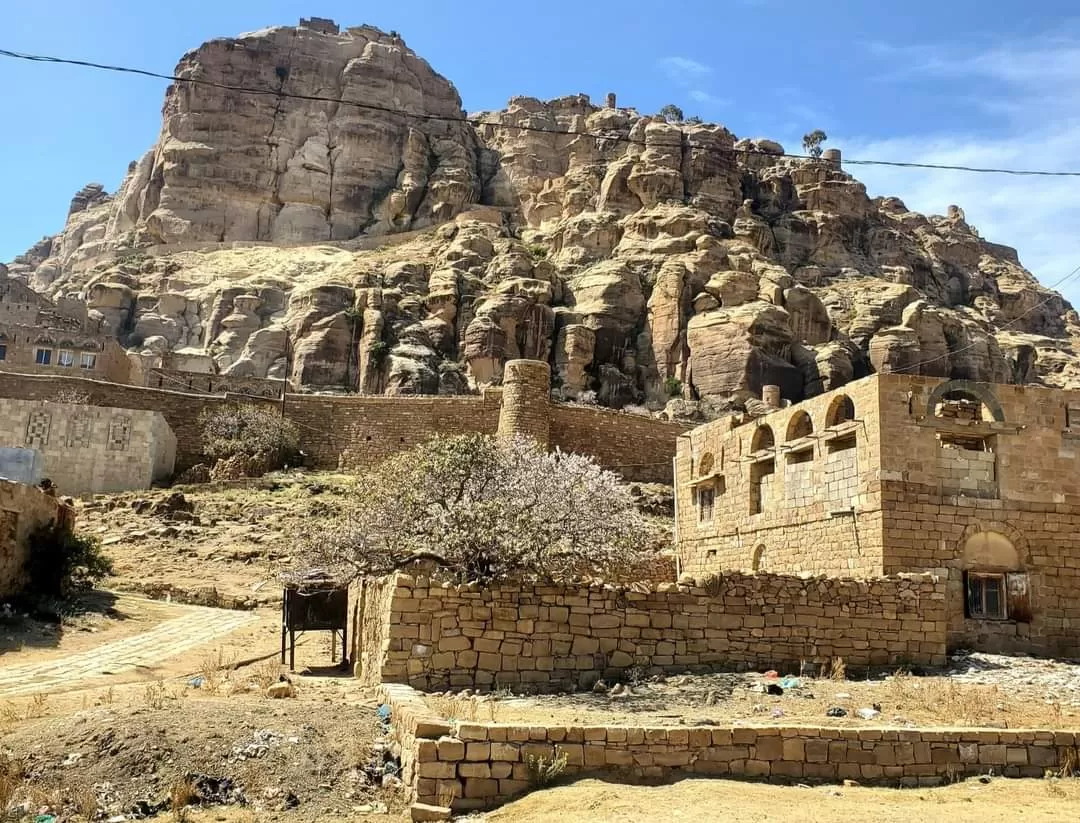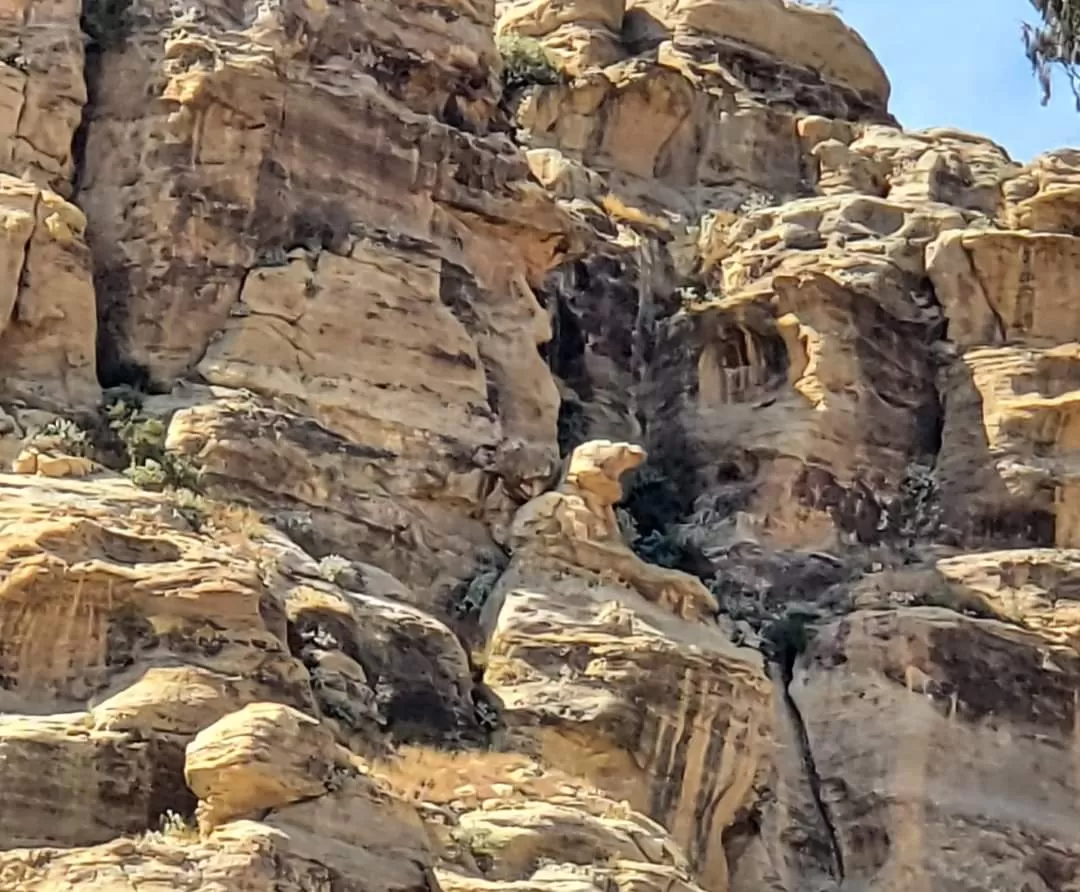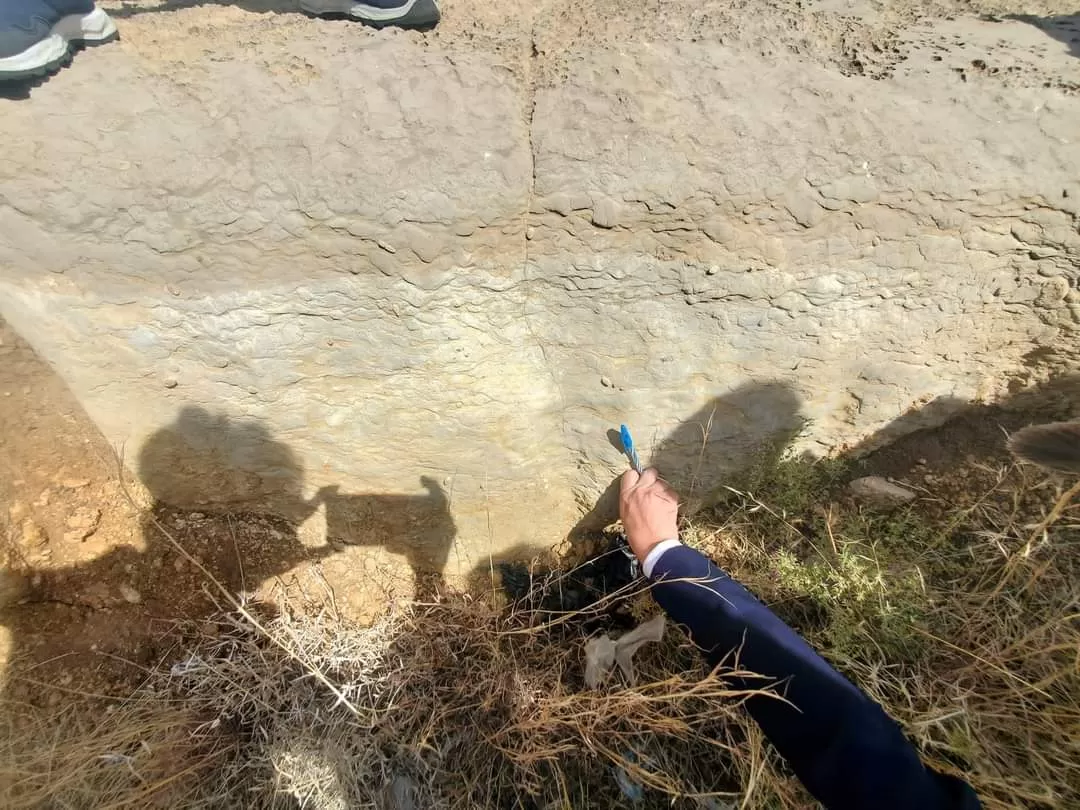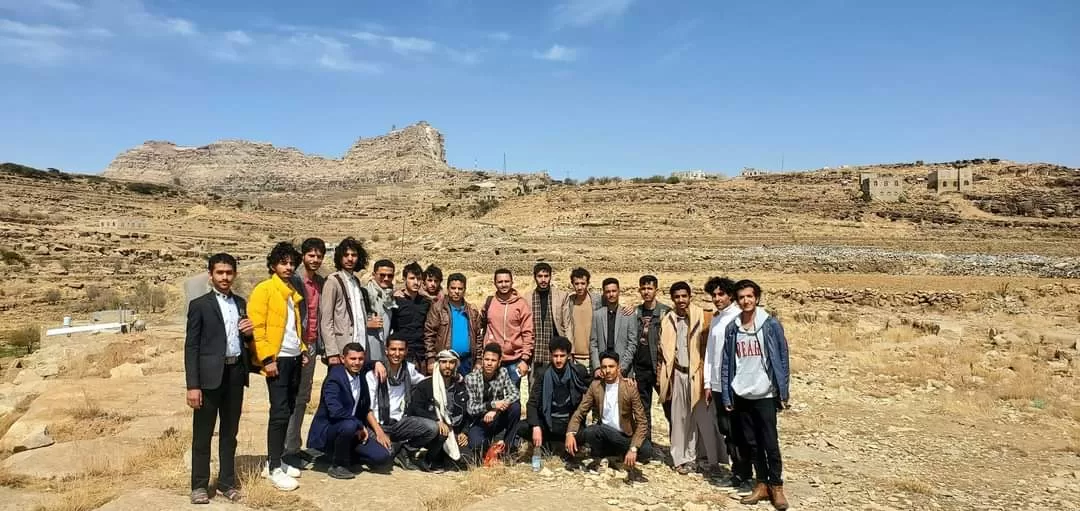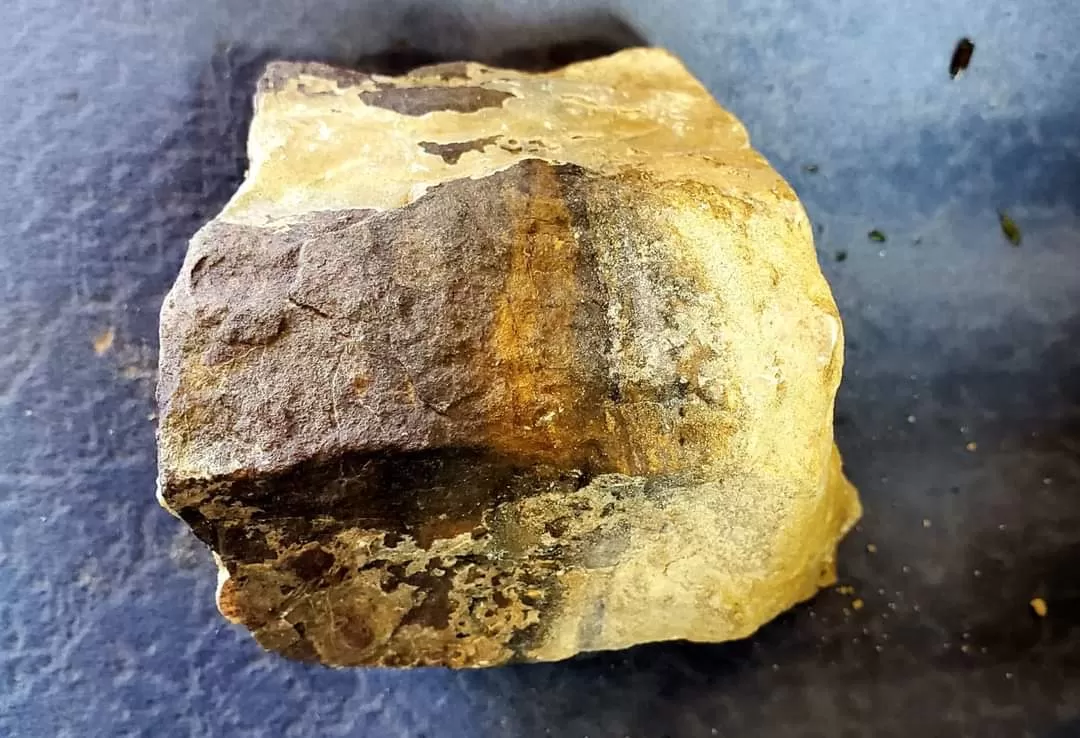Emirates International University
Modernity
Distinguish
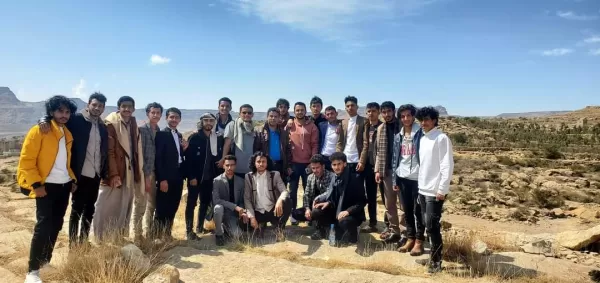
A scientific visit by students of the Department of Oil and Gas Engineering to Shibam Kawkaban and a number of areas for the purpose of learning about the geology of Yemen
University media
The Department of Oil and Gas Engineering at the University’s College of Engineering and Information Technology organized a scientific visit for the department’s students to a number of areas, including Shibam Kawkaban, Wadi Dhahr, and Qaa al-Manqab, for the purpose of learning about the geology of Yemen, under the supervision of Engineer Muhammad Osama.
The visit aimed to learn about the geology of Yemen and the geological pillar of the Republic of Yemen, especially the study of “the formation of the Amran Limestone Group and the Shale, and the formation of the Taweelah Sandstone Group,” as well as parts of the Al-Mahra Carbonate Group, as well as the study of Yemen’s volcanic rocks during the “Tertiary and Quaternary” periods.
The visit included three stations: The first station: Shibam Kawkaban, Wadi Dhahr, and Qaa al-Manqab, where the students learned during the first station, “Qaa al-Manqab and Beit Naam - Hamdan Ali,” each of the forms of volcanism resulting from Triassic volcanoes in the form of terraces and cones resulting from eruption. Volcanoes and tectonic movements accompanying the split of the Red Sea and the Gulf of Aden, extending in the northwestern part of Yemen.
The second station: Thala Fort: through which the formations of the Al-Mahra carbonate group (limestone) that were formed in the Triassic period - the middle era known as the Mesozoic Era - were studied, and the tendencies of the discoveries found in Thala were studied, as well as the depositional environment separating the Thala area, a continental environment and The areas leading to Amran Governorate have a "marine environment", and some samples rich in limestone composed of calcium carbonate and rich in shell fossils (fossils) were collected.
The third station: Shibam Kawkaban: It represents the main goal of studying the formations of the Tawila sandstone group that was formed in the Jurassic - Mesozoic Era, and studying the tendencies of the detectors found in Shibam, as well as studying the main reason why the city of Kawkaban is higher than Shibam, due to the occurrence of an upward shift resulting from From a natural fault, which is formed as a natural movement associated with mountain-building movements, or what is known as the movement of tectonic plates, and the degree of inclination of the fault was approximately 17 degrees using the Brunton compass to measure the inclinations of the layer.
#Emirates_International_University
#modern_excellence
#EIU

